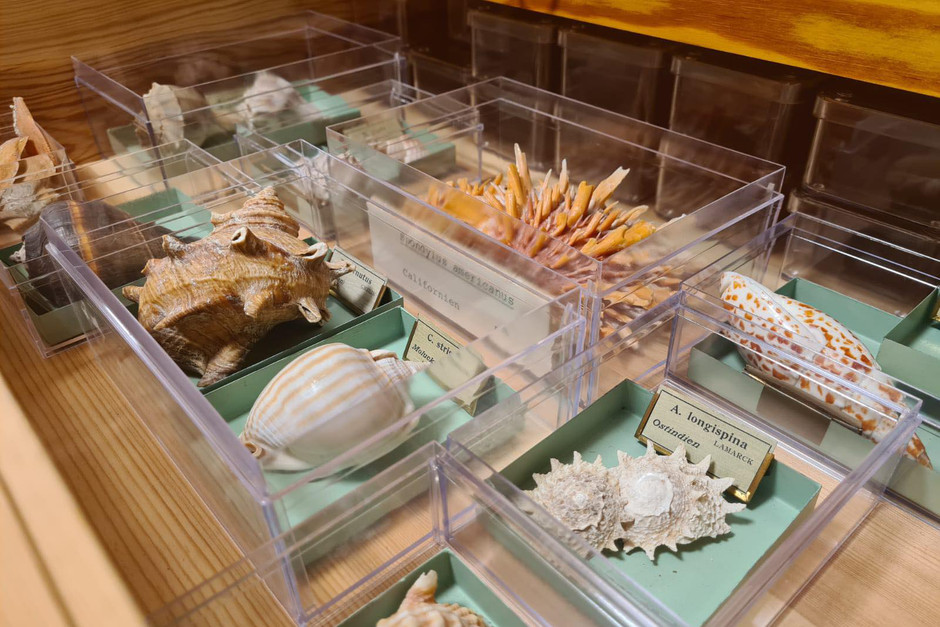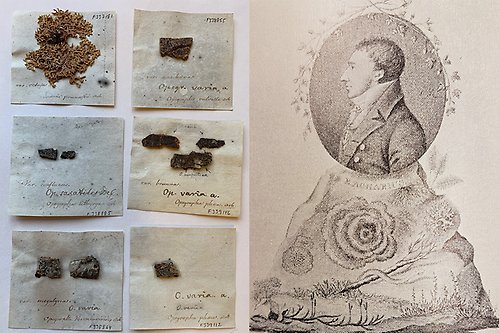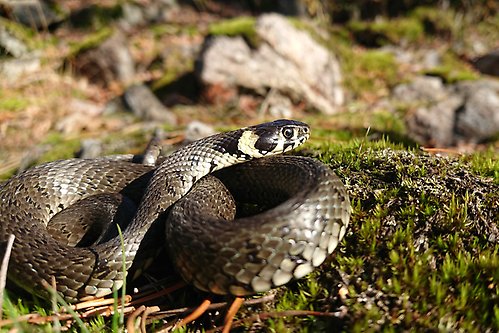A Living Collection
The collections at the Swedish Museum of Natural History are not just a compilation of various animal species but also a living archive of nature. The collections need continuous expansion with new specimens and from new locations to represent the distribution and variation of species over time and space. Therefore, we may be interested in receiving deceased animals and collections, whether they are of rare species or not.
Insect Collections, Myriapods, and Arachnids
We are interested in receiving items and entire collections that can enrich and complement the museum's existing collections and maintain high quality in terms of preparation, storage, and documentation (labeling). We assess each donation request individually.
You can read more about the handling of insect donations here Pdf, 5.9 MB. (link to PDF document, 5.9 MB).
Pdf, 5.9 MB. (link to PDF document, 5.9 MB). Pdf, 5.9 MB.
Pdf, 5.9 MB.
Birds and Mammals
The Swedish Museum of Natural History accepts all animals that are state game, except for wolf, bear, lynx, and wolverine, which should instead be sent to the National Veterinary Institute. Marine mammals (seals, porpoises, dolphins, and large whales) should be reported to the Police and documented in an online form (see below). In addition to state game, other species may also be of interest. These include, among others, Masked Shrew, Taiga Shrew, Bechstein's Bat, Pond Bat, Common Pipistrelle, Nathusius' Pipistrelle, Serotine, Barbastelle, Stoat, Red Vole, Grey-sided Vole, Root Vole, Northern Birch Mouse, Little Grebe, European Shag, Pink-footed Goose, Greater White-fronted Goose, Common Horned Lark, Grey Wagtail, Red-throated Pipit, Eurasian Rock Pipit, Ring Ouzel, Arctic Warbler, Grey-headed Chickadee, Ortolan Bunting, Rustic Bunting, Spotted Nutcracker, Siberian Jay, and several waders.
You can read more about state game here [in Swedish]
Feel free to contact us to order packaging materials [in Swedish]
How to report marine mammals
Mounted Birds and Mammals
The Swedish Museum of Natural History may be interested in receiving mounted ("stuffed") birds and mammals. This largely depends on the condition of the mount and whether there are discovery details associated with the animal (location and date). If you have a mounted bird or mammal that you would like to donate to the Swedish Museum of Natural History, you can contact the responsible bird or mammal curator, preferably with a picture of the mount.
Amphibians and Reptiles
All amphibians and reptiles are protected in Sweden. Sometimes, we may be interested in receiving found dead amphibians and reptiles if they are in good condition (take a photo) and with recorded discovery location, date, and finder. It is especially interesting if they are rare species. Common species, such as common toad, adder, and slow worm, are of less interest unless they come from locations on the edge of or outside their known distribution area. Feel free to inquire with the responsible curator for amphibians and reptiles.
Molluscs (Shell Collections)
We may be interested in receiving shells of snails (Gastropoda), mussels (Bivalvia), and cephalopods (Cephalopoda), especially if they complement our collections and locality data are available. We will consider donations on a case-by-case basis, including species whose trade is regulated by CITES agreements (giant clams: Tridacna and Hippopus species) or those included in regional lists of protected species (Queen conch = Aliger gigas, Triton's trumpet = Charonia tritonis).





.jpg)

